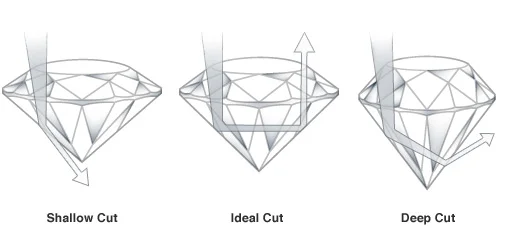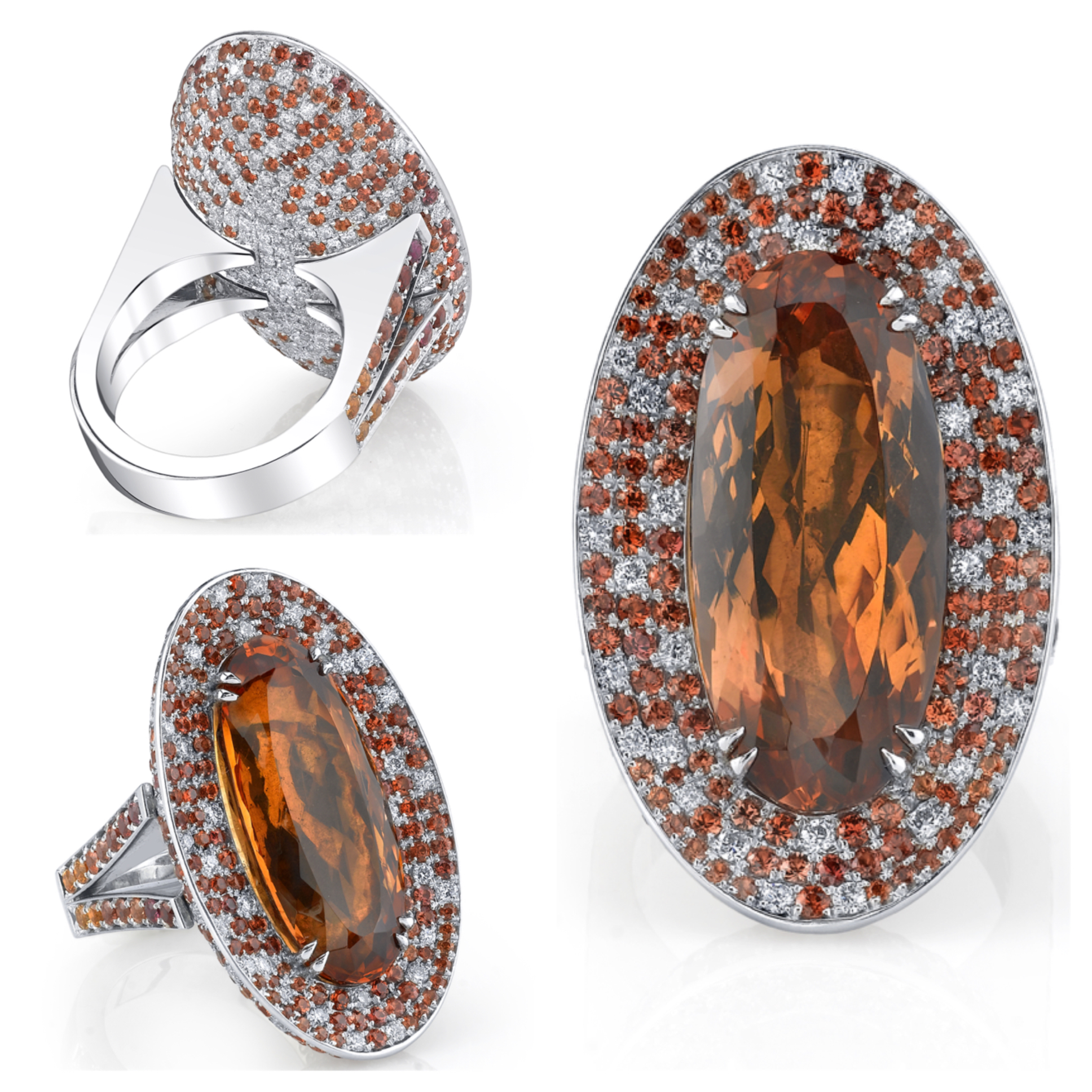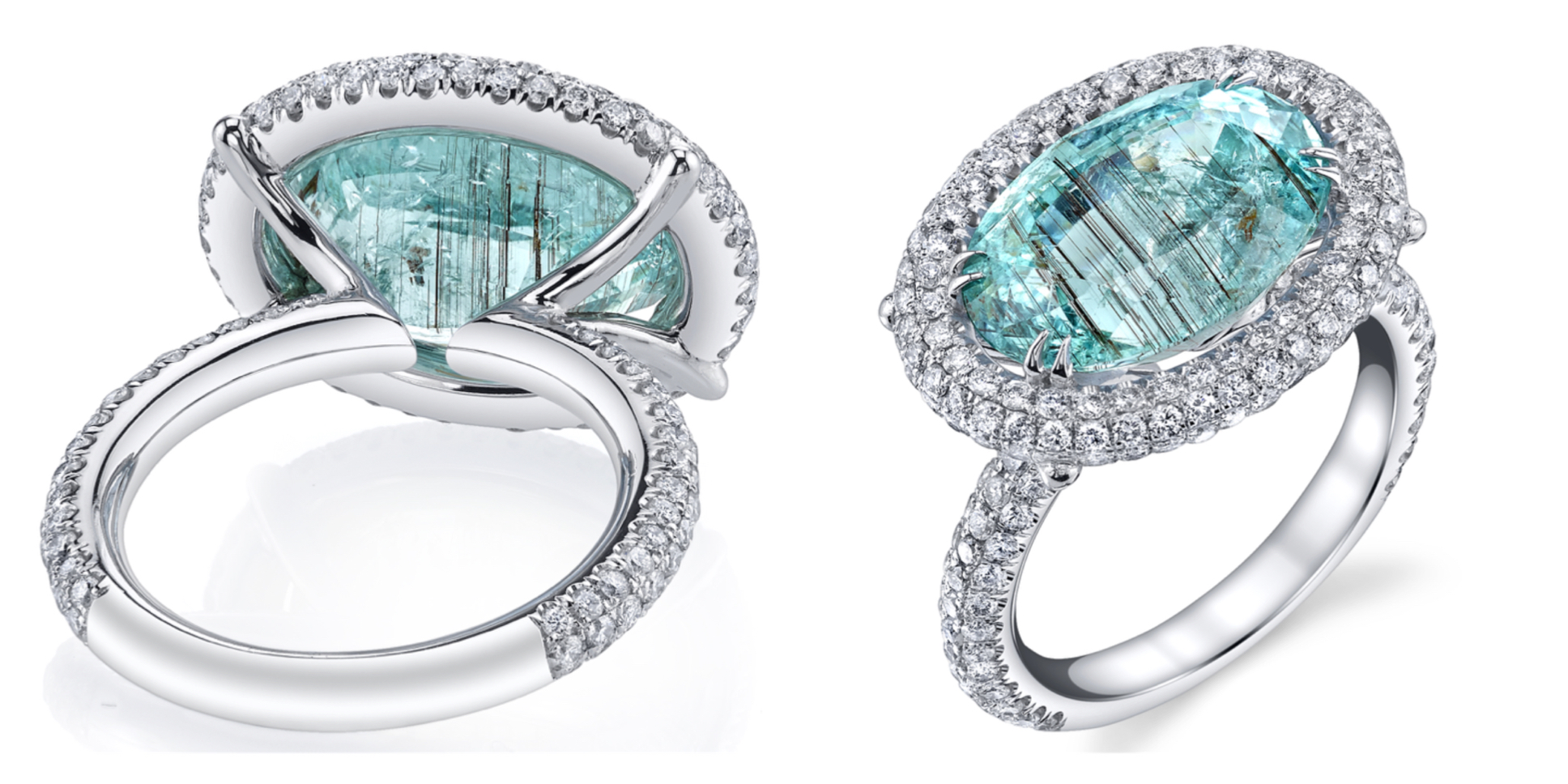Fabrication vs. Casting
Michael Barin prides himself on creating hand fabricated, one of a kind pieces. Sounds impressive, but what exactly does this mean?
Throughout history, craftsmen would work on a single piece of jewelry for weeks at a time with a level of passion and skill passed down for many generations. In the modern world, the jewelry business has changed drastically and many pieces are now mass-produced to accommodate the growing market. As a result, quality has been sacrificed for speed, quantity, and ease. This new business environment has led to decline of hand fabricated jewelry, highlighting Michael Barin as one of the few remaining true craftsmen.
To understand the difference between modern jewelry manufacturing and hand fabrication, we must compare the two processes. During the process of casting, a mixture of molten metal is poured into a mold containing a hollow cavity of the desired shape. The liquid is allowed to solidify and then broken out of the casting. When jewelry is made this way, wax dulls the precision of the design and the casting process introduces foreign contaminants and air bubbles into the metal. This, coupled with multiple cleanings and filings required to eliminate roughness, results in a fragile piece of jewelry with a minimal amount of detail. Unfortunately, the vast majority of jewelry today is produced by this method and usually does not live to the heirloom stage.
Requiring the combination of ancient skills and technological advancements, fabrication requires a much higher level of craftsmanship. As opposed to jewelry that has been cast, hand fabricated pieces are crafted directly from metal without the use of any wax, molds, or additions. Virtually free from any air bubbles, the finished design has a higher metal density and is less susceptible to deformities and scratching. Hand fabricated jewelry is a product of time, patience, and accumulated knowledge, making each piece irreplaceable.
Michael Barin working on a piece at his studio.





